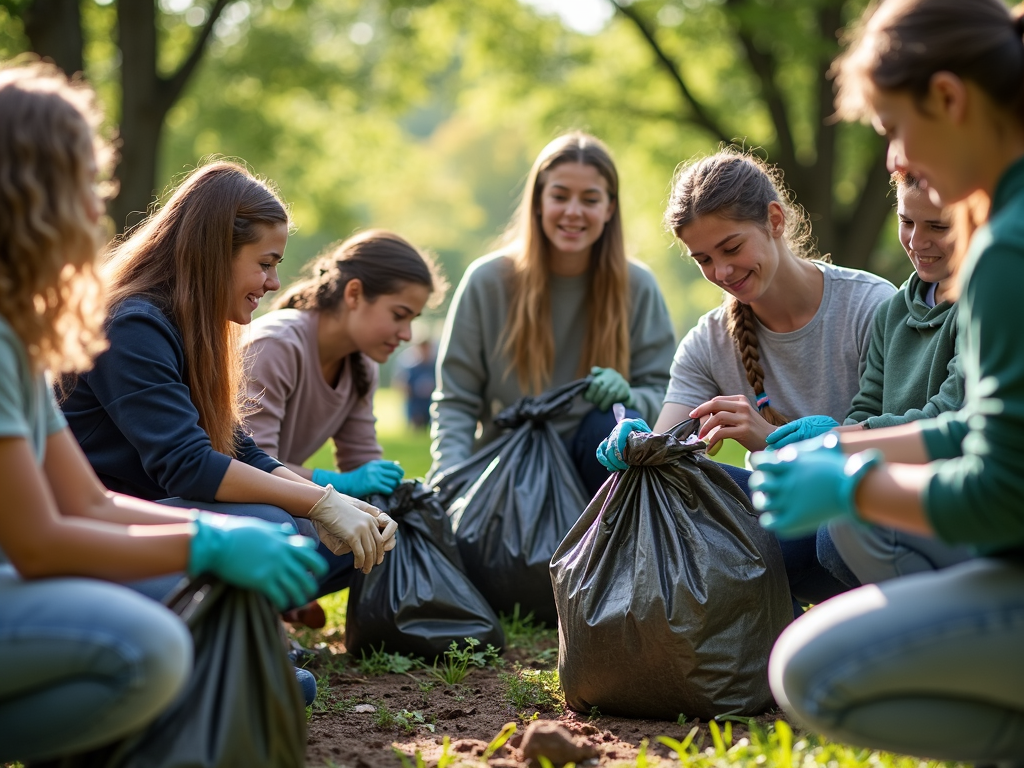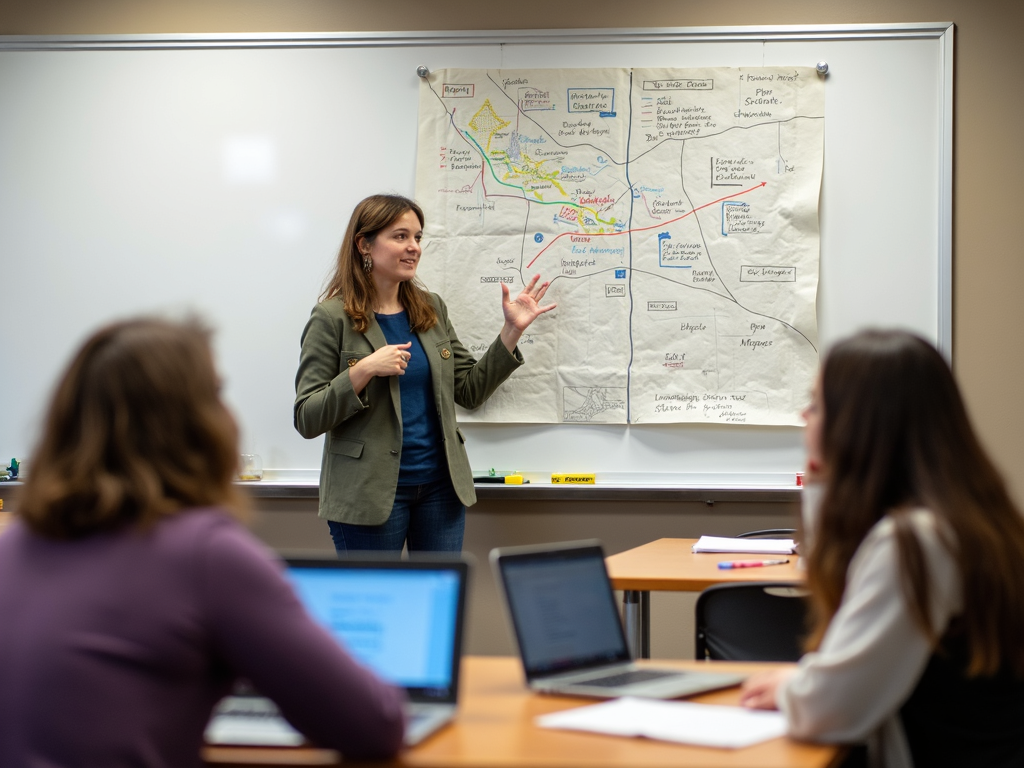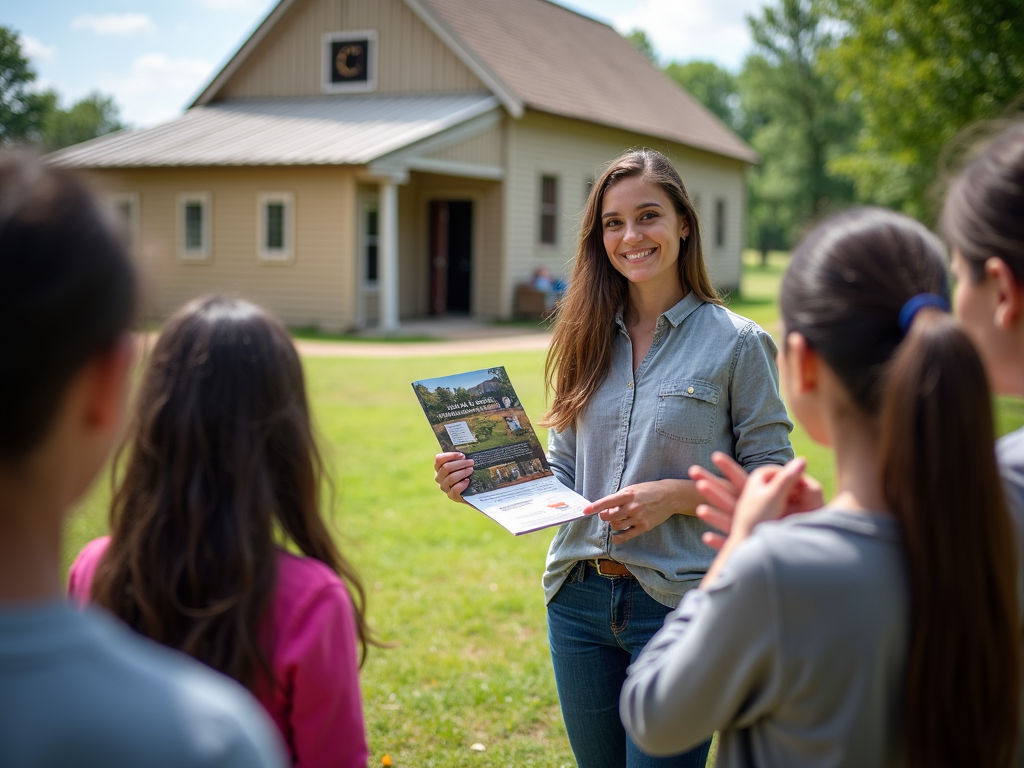Integrating Service Learning into School Curriculum: A Comprehensive Guide
By , July 4, 2025
Overview
Service learning is an innovative educational approach that combines academic instruction with meaningful community service. This method not only enriches the learning experience but also fosters civic responsibility and strengthens community ties. By integrating service learning into the school curriculum, educators can provide students with hands-on experiences that enhance their understanding of academic content while addressing real-world issues. This article explores the benefits, challenges, and strategies for successfully incorporating service learning into educational programs.
What is Service Learning?
Service learning is more than just volunteering; it is a structured educational experience that integrates community service with academic learning. According to the National Service-Learning Clearinghouse, service learning is 'a teaching and learning strategy that integrates meaningful community service with instruction and reflection to enrich the learning experience, teach civic responsibility, and strengthen communities.' This approach allows students to apply their classroom knowledge to real-world situations, thereby deepening their understanding and retention of academic material.

Benefits of Service Learning
Integrating service learning into the school curriculum offers numerous benefits for students, educators, and the community. For students, it provides opportunities to develop critical thinking, problem-solving, and leadership skills. It also promotes social and emotional learning by encouraging empathy, teamwork, and communication. Educators benefit from service learning by having a dynamic teaching tool that can make lessons more engaging and relevant. Communities gain from the direct service provided by students, which can address local needs and foster a sense of civic engagement.
A study by the Corporation for National and Community Service found that students who participate in service learning are more likely to graduate from high school and pursue higher education. Additionally, they exhibit improved academic performance and a greater sense of social responsibility.
Challenges and Solutions
Despite its benefits, integrating service learning into the school curriculum can present challenges. One common obstacle is aligning service projects with academic standards and learning objectives. To overcome this, educators can collaborate with community partners to design projects that meet both educational goals and community needs. Another challenge is securing funding and resources for service learning initiatives. Schools can address this by seeking grants, partnering with local businesses, or leveraging existing community resources.
Time constraints can also be a barrier, as service learning requires careful planning and coordination. Educators can mitigate this by incorporating service learning into existing lesson plans and using it as a means to teach multiple subjects simultaneously. For example, a science class might engage in a project to monitor local water quality, thereby learning about environmental science while contributing to community health.

Strategies for Successful Integration
To successfully integrate service learning into the school curriculum, educators should follow these strategies:
-
Align with Curriculum Goals: Ensure that service learning projects are directly tied to academic standards and learning objectives. This alignment helps justify the time and resources invested in service learning and ensures that it enhances, rather than detracts from, the educational experience.
-
Engage Community Partners: Collaborate with local organizations, businesses, and government agencies to identify community needs and design projects that address them. These partnerships can provide valuable resources, expertise, and support for service learning initiatives.
-
Incorporate Reflection: Reflection is a critical component of service learning, as it allows students to connect their service experiences with academic content and personal growth. Educators can facilitate reflection through discussions, journals, or presentations.
-
Assess and Evaluate: Regularly assess the impact of service learning on students and the community. This can be done through surveys, interviews, or performance assessments. Use this feedback to refine and improve service learning programs.
Personal Insights and Experiences
As an educator, I have witnessed the transformative power of service learning firsthand. In one memorable project, my students partnered with a local food bank to address food insecurity in our community. They not only learned about nutrition and economics but also developed empathy and a sense of social responsibility. The experience was eye-opening for many students, who gained a deeper understanding of the challenges faced by their neighbors and the importance of community service.
Another example comes from a colleague who integrated service learning into her history class. Her students researched local historical sites and created informational brochures for visitors. This project not only enhanced their research and writing skills but also instilled a sense of pride in their community's heritage.

Impact on Students and the Community
Service learning has a profound impact on both students and the community. For students, it provides a sense of purpose and belonging, as they see the tangible results of their efforts. It also helps them develop a lifelong commitment to civic engagement and social justice. Communities benefit from the fresh perspectives and energy that students bring to service projects, as well as the direct services provided.
According to a report by the National Youth Leadership Council, service learning can lead to improved academic outcomes, increased civic engagement, and stronger community ties. These benefits underscore the importance of integrating service learning into the school curriculum.
Summary
Integrating service learning into the school curriculum is a powerful way to enhance education and foster civic responsibility. By combining academic instruction with meaningful community service, educators can provide students with enriching experiences that promote personal growth and social awareness. While challenges exist, they can be overcome with careful planning, collaboration, and reflection. As educators and community members, we have a responsibility to prepare students not only for academic success but also for active citizenship. Service learning is a vital tool in achieving this goal.